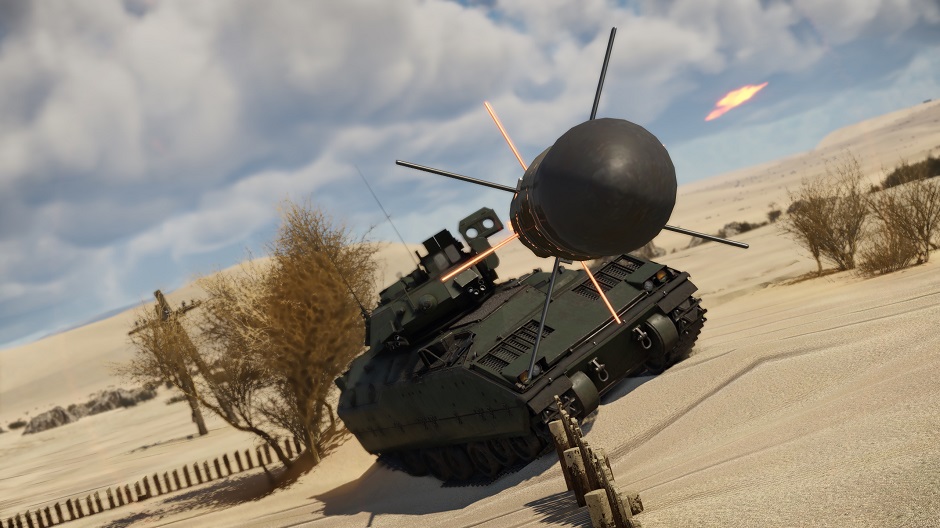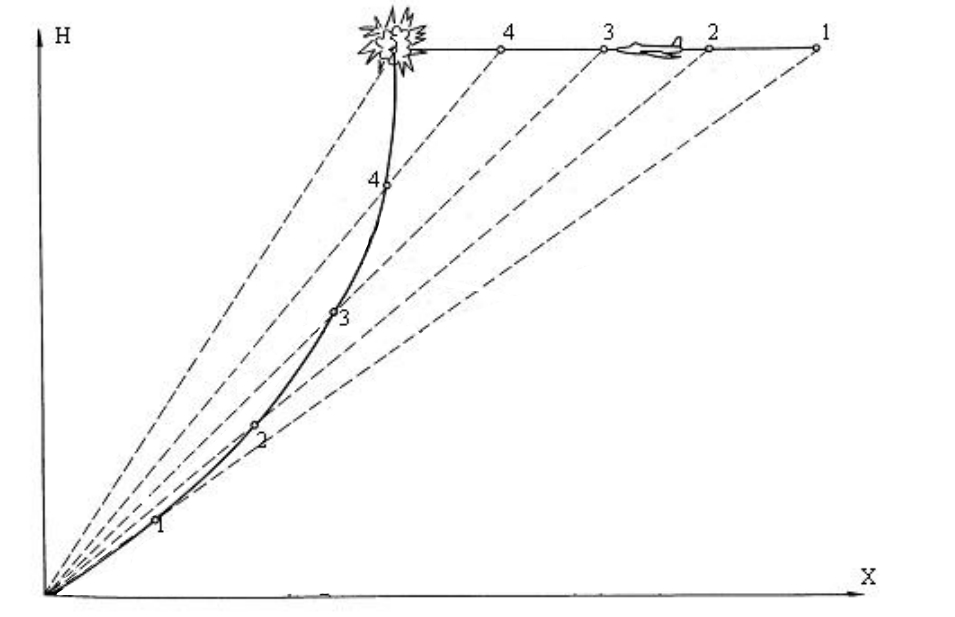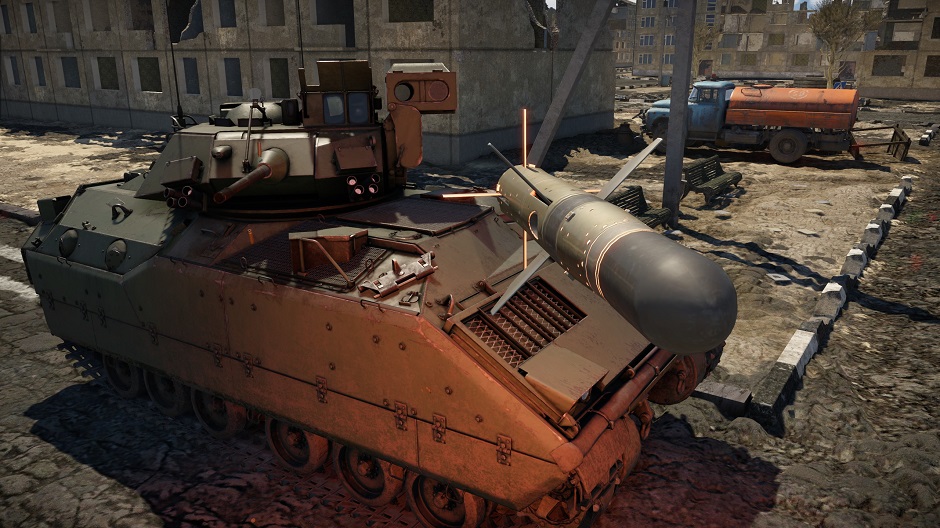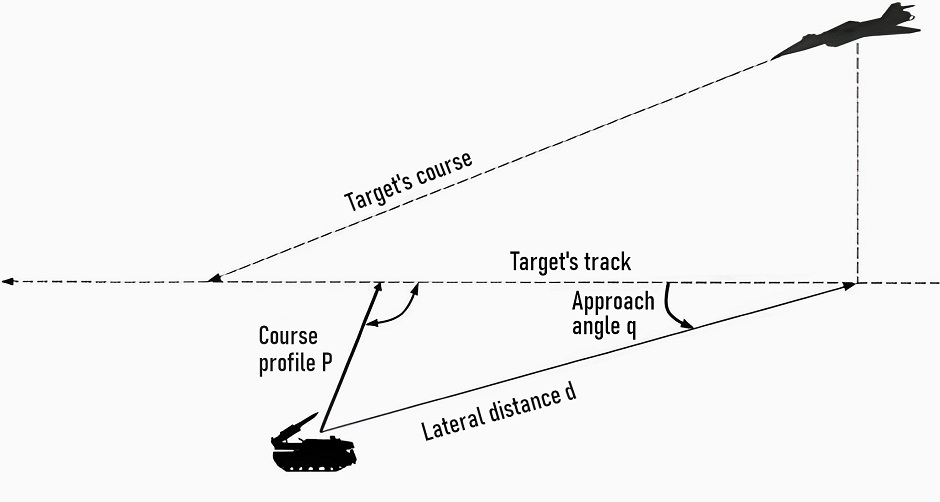80th Anniversary of the Battle of Moscow
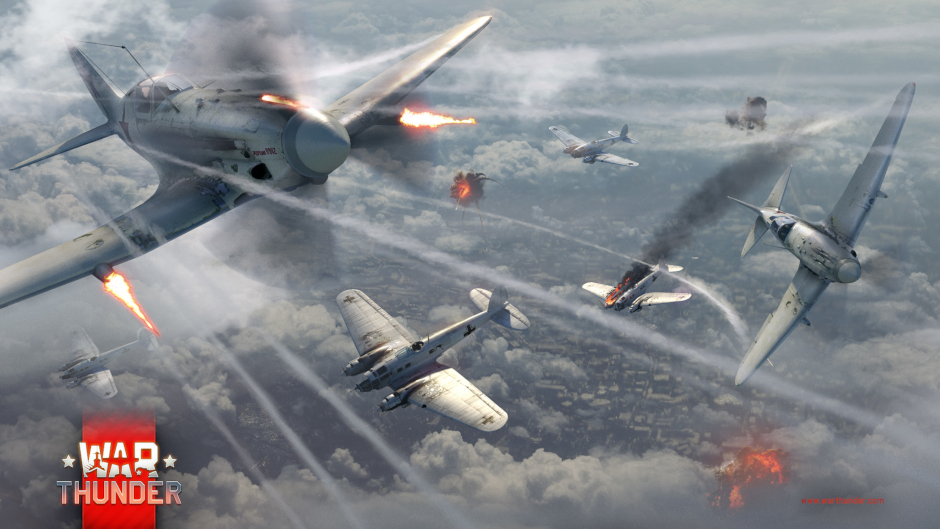
December the 5th is a day of Military Glory in Russia. 80 years ago, the Soviet army began the counteroffensive along the entire front line near Moscow that became one of the turning points of the Second World War.
[h3]From the 3rd of December (11:00 GMT) until the 6th of December (11:30 GMT) complete the special tasks to get Battle of Moscow prizes.[/h3]
Awards

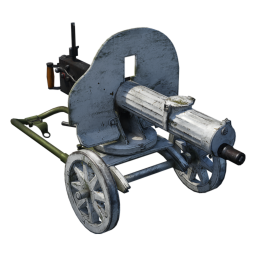
“Battle of Moscow” decal
"Maxim Gun" decoration
Tasks
- Play 3 battles while controlling USSR vehicles of rank III or above, and an activity 70% or above, to achieve a special decal: the “Battle of Moscow”.
- Destroy 40/20/20 (AB/RB/SB) enemy vehicles in random battles, while controlling T-34 (1940), T-34 (1941), T-28, T-34-57, GAZ-AAA (4M), T-26, KV-1 (L-11), T-60, T-26 (1 Gv.T.Br.), T-34 (1 Gv.T.Br.), ZiS-30, MiG-3-15 (BK), LaGG-3-11, IL-2 (1941), I-153 M-62, Zhukovsky’s I-153-M62, I-16 type 24, I-16 type 18, I-16 type 28, Pe-2-1, Pe-3, LaGG-3-8, or Yak-1, to achieve a “Maxim Gun” decoration for ground vehicles.
- Track your progress by clicking your nickname, then Achievements → Memorial Date.
[expand]
[h2]Temporarily on sale for Golden Eagles: T-34 (1st Gv.T.Br.)[/h2]

The premium T-34 (1st Gv.T.Br.) in unique winter camouflage will be available for purchase for Golden Eagles in the game in the Soviet research tree until 11:30 GMT on the 6th of December.
The tank is armed with a 76mm F-34 cannon which confidently destroys heavy and lightly armoured enemy vehicles. The main shell in battle is the BR-350B and also smoke D-350A shell which comes in handy for hiding your location in dangerous situations. It is also possible to take several high-explosive OF-350M shells to destroy lightly armoured enemy vehicles.[/expand]
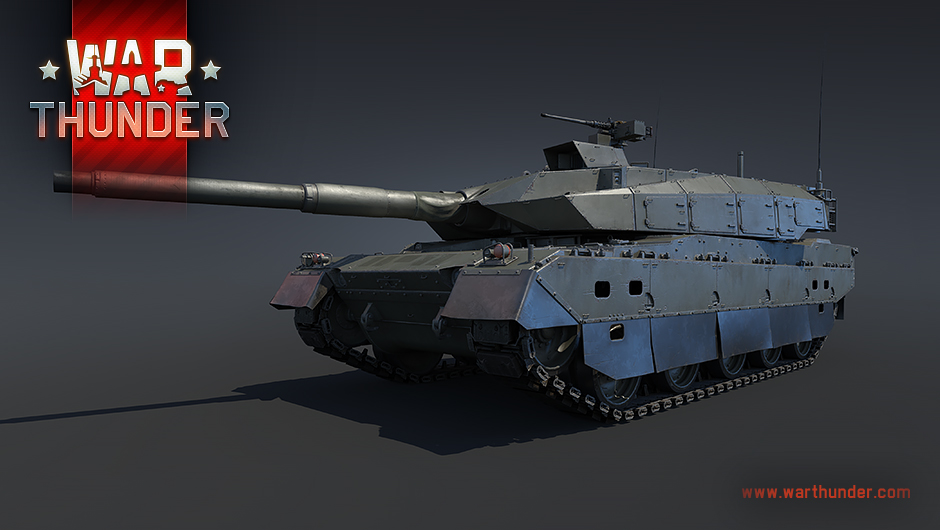
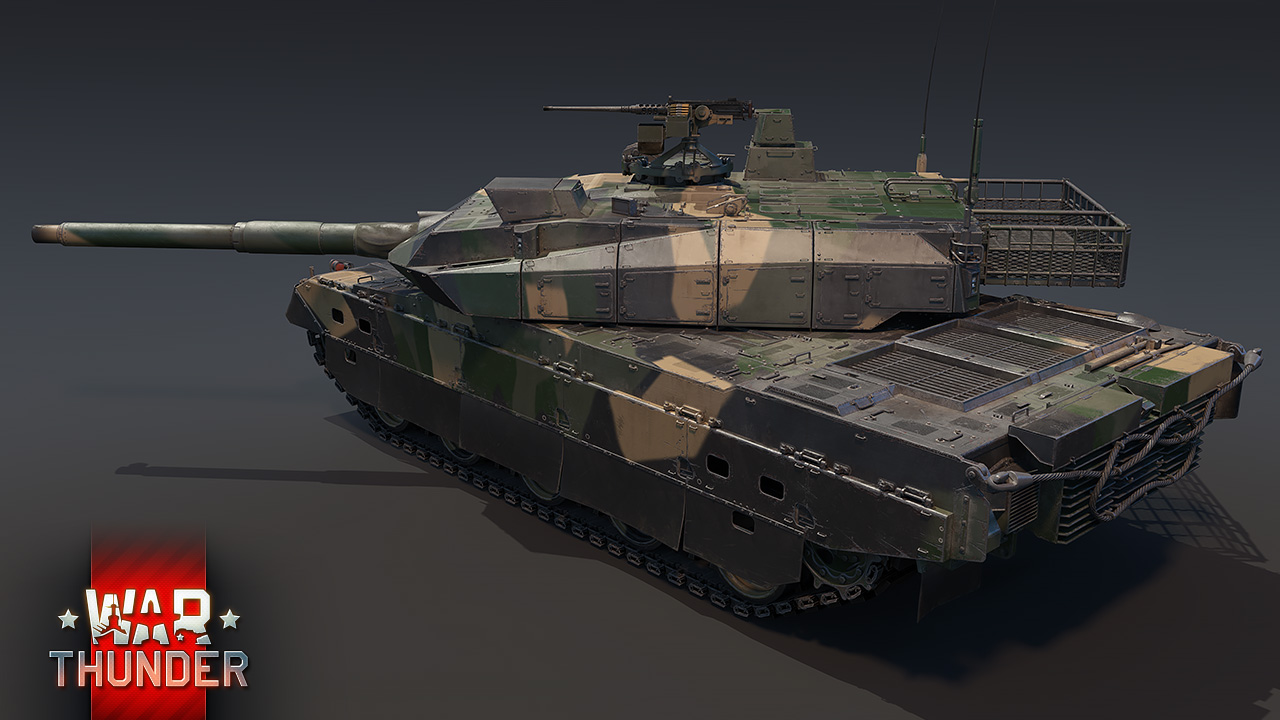
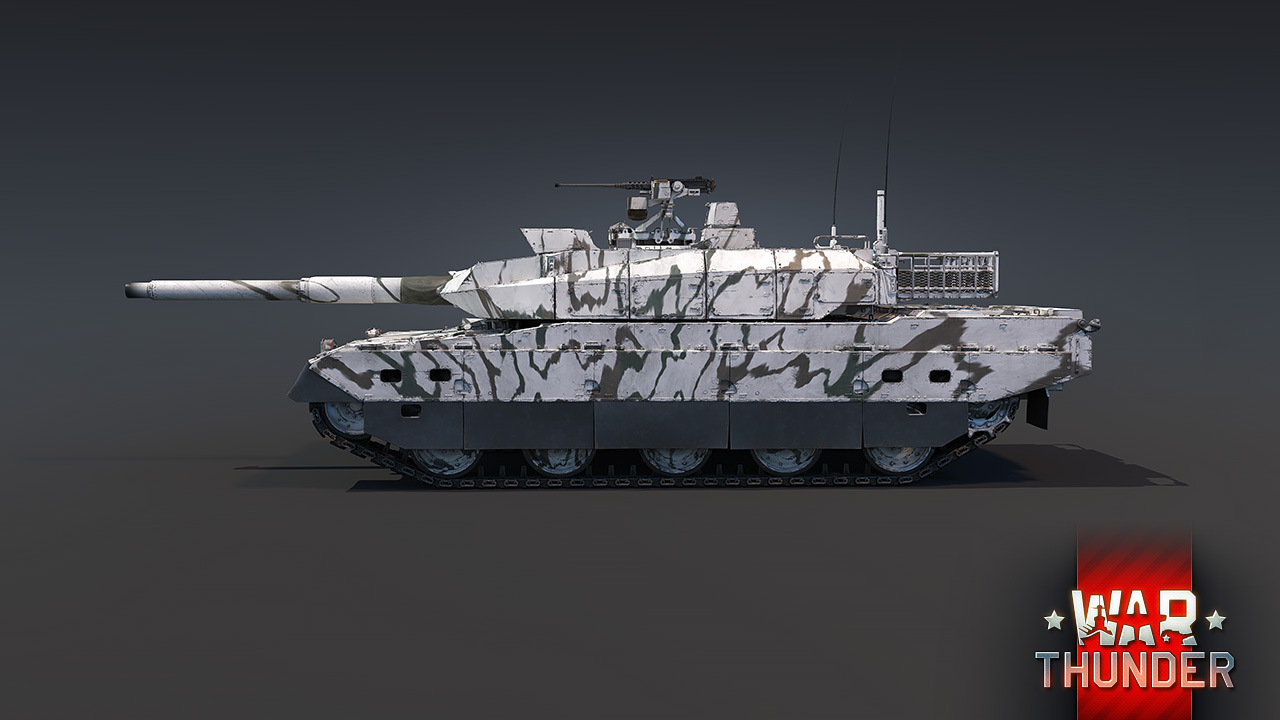
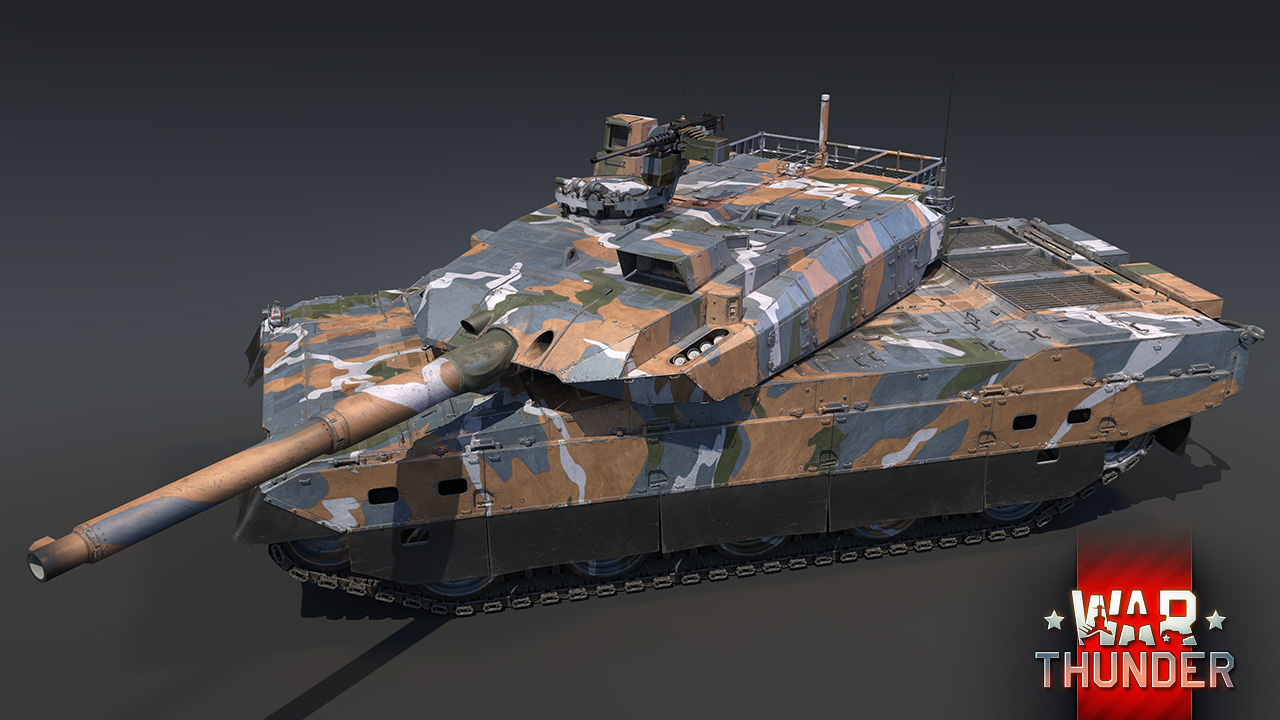
_126fad3e437c6775af693f245e1d483f.jpg)
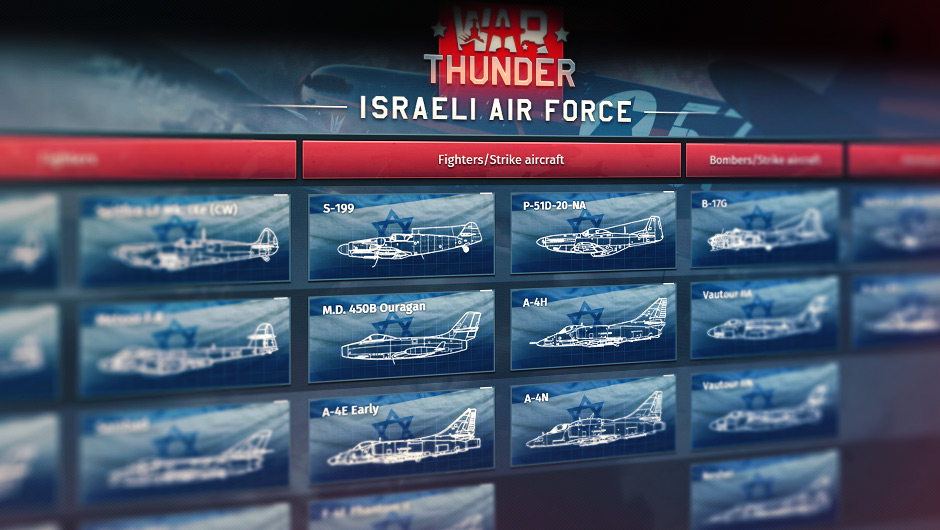
_fed12ed962bae5af3a13fb76b2825189.jpg)
